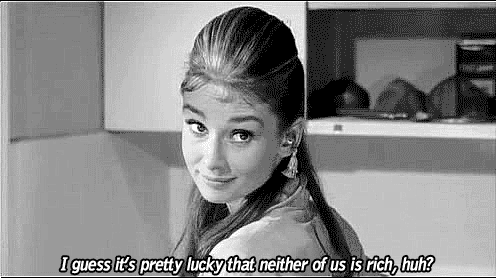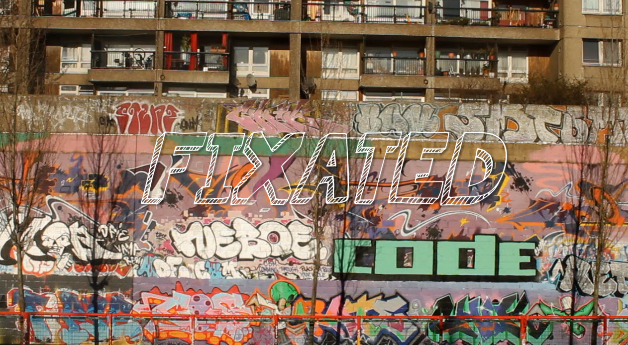In what way does your media product use, develop or challenge forms and conventions of real media products?
A real media product, in some cases, use a title sequence - what a title sequence establishes is an insight into the narrative; sometimes introducing you to characters and settings. I used this convention with my title sequence in the similar way some film institutions do - by establishing narrative, setting, mood and having an "enigma" for the audience to uncover.
I usec STINCS to represent my macrofeatures: Genre, Audience and Narrative when producing my title sequence. I also covered the usage of microfeatures: cinematography, sound, editing and mise-en-scene.
S meaning setting, this is a key point that helps convey a narrative, especially in my case. I show binary oppositions through my setting, poor with tall flats and vandalism juxtaposed to rich having elegantly designed architecture. Using a POV shot to establish this as I develop the covnention of realism within a coming of age genre. This also lets the targeted audience, teenagers, to easily relate to.
T is themes, I have a recurring theme of "dreaming" throughout my title sequence. I heavily relied on post-production to help aid me in showing this code by video filters and effects. Like The Virgin Suicides, a real media product, they use lighting to help represent youth - the binary oppositions of light and dark also relating to the study of semiotics with the connotations of lighting to emphasise the life of teenage years; good or bad.
I is iconography, as my genre is a coming-of-age story I need to focus on the key iconography associated with this genre. "Coming" being a verb, it shows movement - or a journey in my case; so using ways of movement will be one iconography, trains, walking etc. Also, the connotations of the binary opposites: light / dark. To depict my protagonist being youthful, so the mise-en-scene includes urban costumes and movement. Finally, the rich areas I changed the costuming to represent the ideology of wealthy people so business wear, wealthier areas. I also use typography to aid me in portraying my genre, similarly to The Virgin Suicides and Juno they use imperfect, handwritten childlike font which represents the youth culture. Also as my audience is teenagers, they are very involved in the music scene, these are the years they develop their taste so I use a modern indie band to soundtrack my media product. I challlenge the conventions of transitioning between my shots, unlike films like Submarine they fade between each shot; this is because the movie is based in the 70s, mine is the present time and I don't use this.
N is narrative, I used many types of camera angles to help develop my narrative. For example, I used POV shot which indicates we're looking through the protagonist's eyes, seeing what she sees. This allows me to focus on the specific goal she's looking at. One convention of a coming of age genre is a resolution, showing long shots of her in the places she wants to be in with the skyline of London in the background. As my target audience are teenagers, I closely kept my title sequence with audience pleasures so: lifestyle, drama and relatble situations. Using fast pace editing in post-production to depict the dramas and dramatic lifestyle of teenagers. The continuity involves match-on-action and a fast pace because it represents her journey, one shot carries on with the other.
C is characters. Having my protagonist challenge stereotypes of young black girls, showing her actually doing well is a way to integrate equality into my title sequence. People see Monroe or Hepburn iconic, why isn't there a black female like this? Realism is one convention of a coming-of-age genre and I show this through realistic mise-en-scene and setting.
S is style, I use a very similar style to the virgin suicides as it mostly represents the teenage years. I use post-production filters to emphasise my themes and narratives, hazy / trance like similar to Sofia Coppola.





































